SICK Mounting materials

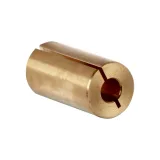
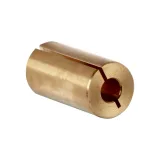
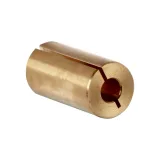
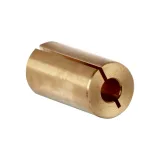

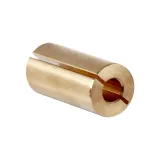


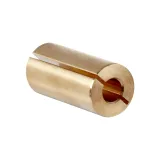
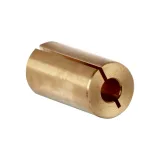

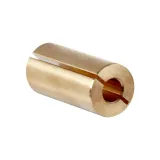
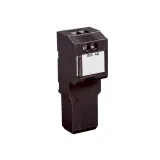
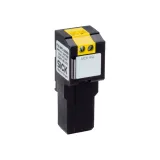

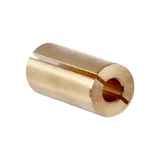









sick mounting materials for panels, frames, and guards
SICK’s mechanical ecosystem is built for clean, repeatable installs on machines, conveyors, and cabinet doors. You get bracket steel that doesn’t wobble when torqued, hole patterns that line up with common sensor bodies, and surface finishes that ride out washdowns. Typical environments: −25…+55 °C, IP65/67 at the device interface, with outdoor pieces in coated steel or stainless. Vibration behavior follows EN 60068 test families; corrosion resistance is validated via ISO 9227 (salt spray) on coated parts. Threads are consistent—M4/M5 for sensor plates, M6/M8 for stands and posts—so crews don’t hunt for odd fasteners during night works.
Product range and series overview
The range covers flat and angle plates, slotted “universal” arms, post-and-clamp sets for fine aiming, low-profile forks for tight guards, and camera/LiDAR shelves with anti-rotation geometry. There are DIN-rail adapters for panel doors, corner and swivel joints for awkward beam lines, and hygienic stand-offs with smooth faces for food areas. Hardware kits include serrated washers, captive screws, thread-lock patches, and shims for last-millimeter alignment. Color coding on some families speeds lane identification in large cells.
Technical specifications and standards
Plates are typically 2.5–4.0 mm galvanized or powder-coated steel; stainless options (AISI 304/316) cover detergents and coastal air. Permissible loads and torque windows are printed or etched on the larger assemblies. For optical heads, rigidity matters: target ≤0.1 mm tip deflection at 50 N—practical with 30×30 mm posts and double-clamp joints. Slot geometry supports M4/M5 carriage up to 12.5 mm travel; scale marks in 1° or 2.5° steps help reproduce set-ups after maintenance. IP performance at the cable entry depends on gland compression—pair bracket grommets with the right jacket OD to maintain IEC 60529 ratings.
sick brackets and holders options by device
Photoelectric and ultrasonic barrels land on forked saddles with anti-twist flats; cube sensors share two-hole patterns so a swap from diffuse to retro-reflective doesn’t force new steel. Inductives prefer compact L-plates with short moment arms. For encoders, radial/axial slotted shoes absorb small pitch errors; add a torsion arm for belt take-up. Light curtains and small scanners mount on vibration-isolated feet with coarse (slot) and fine (eccentric cam) adjustment so you can satisfy protective field geometry without resorting to ad-hoc shims.
Cabling and strain relief
Use keyed cable clips that match M8/M12 over-molds; radius guides prevent micro-cracks at cold starts. On moving axes, pick PUR-safe clamps with soft inserts and document bend radius near clamps—most failures trace to over-tightened saddles or sharp exits. For metal work, 360° screen clamps at the bracket foot keep EMC margins predictable.
Applications and compatibility
Packaging lines demand narrow, rigid arms between guards; intralogistics wants long, repeatable spans across conveyors; food and beverage needs stainless stand-offs and sloped faces that don’t pool water; machining cells benefit from chip-resistant coatings and captive nuts you can service with gloves. For ceiling-mounted readers and cameras, choose triangular shelves with three-point leveling to keep roll/pitch repeatable after lens cleaning. In AGV zones, low-profile columns reduce strikes and keep protective fields consistent with risk assessments.
Integration with other SICK products
Hole patterns match common SICK photoelectric bodies, ultrasonic barrels, laser triangulation heads, LiDAR scanners, encoders, and light curtains. DIN adapters land next to IO-Link masters and safety controllers on 35 mm rail; door plates align with pilot lights and push buttons so operators see a coherent front. Shield bonding braids share the same earth bar used by sensors and controllers, avoiding ground loops.
Selection criteria for B2B clients
Start with load path and vibration. Shorter arms, double clamps, and triangular sections beat thick flat bars for stiffness per kilogram. Define chemistry: coated steel for dry interiors, stainless 304 for frequent cleaning, 316 for chlorides. Confirm slot travel and angle resolution against your QA method—if you must document 0.5° changes, pick brackets with scale marks. For optics, plan a two-stage adjust (coarse slot + fine cam). Reserve 30 % adjustment reserve for late fixture changes. Standardize post heights and fastener diameters across OEM skids to keep van stock lean.
sick sensor mounting systems for alignment and repeatability
Use post-and-clamp families where beams span gaps or where operators bump fixtures. Combine a base plate, vertical post, swivel clamp, and device plate; torque to printed values (M6 ~9–10 Nm, M8 ~22–25 Nm unless the part states otherwise). Eccentric pins give ±5–7° micro-aim without losing clamp preload. For safety curtains, spring-isolated feet reduce nuisance trips from machine vibration while preserving the protective field.
Installation and commissioning notes
- Lock angles after teach-in, then record scale positions in the FAT sheet; maintenance can restore settings without laser targets.
- In cold rooms, avoid mixing stainless fasteners into aluminum without isolating washers—galvanic pits appear fast.
- For repeat machines, build a “golden bracket” kit with pre-set holes; it removes hour-long alignment sessions from every skid.
sick mounting accessories that speed first fix
Kits ship with serrated flanges, spring and plain washers, and nyloc options where vibration is high. Quick-release pins support tool-less swaps for heads that need regular cleaning. Spacer rings fix uneven plaster or curved guards; edge trim and corner guards finish visible cut-outs. Pre-drilled door plates accept pilot lights and reset buttons next to sensors for tidy service points.
Integration, logistics, and kitting practice
Bundle brackets per station: base, arm, device plate, fasteners, and cable clips bagged by tag. Keep a small site pack per 20 stations—extra clamps, shims, thread-lock, and cable saddles—so late adds don’t stall commissioning. On multi-OEM lines, publish a single torque table and washer stack diagram; it eliminates mixed recipes that shake loose by month three.
Advantages of working with Bankoflamps
We align bracket families to your device list and expose live EU stock before builders are booked. Quotes typically return in about an hour with EAN/MPN so geometry, finish, and fastener packs don’t drift between phases. Your portal shows lead times, shipment status, and downloadable price lists; pricing validity is held to your gate dates. Approved clients can use post-payment up to 30 days. We consolidate by cell to cut freight and site sorting, and your account manager cross-checks post height, slot reach, torque window, surface finish, earth bonding, and fastener mix against your drawings—so crates land bench-ready and fixtures aim once.